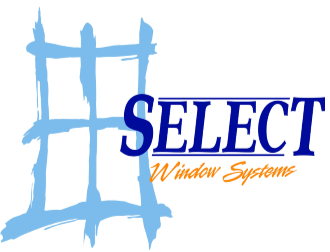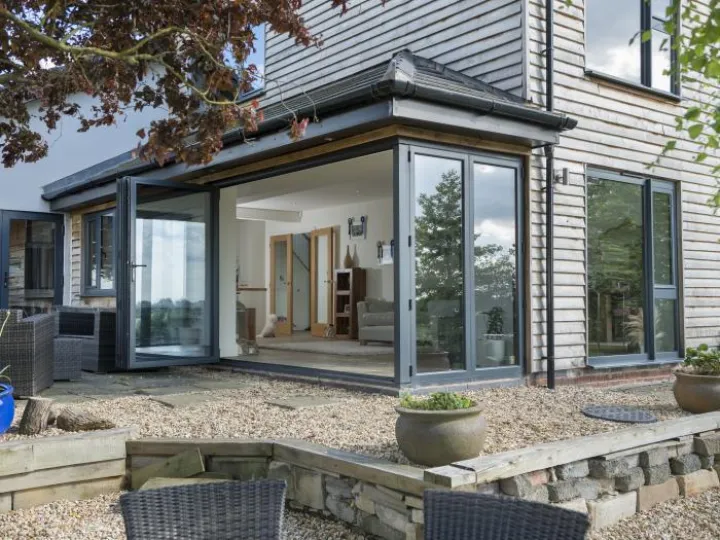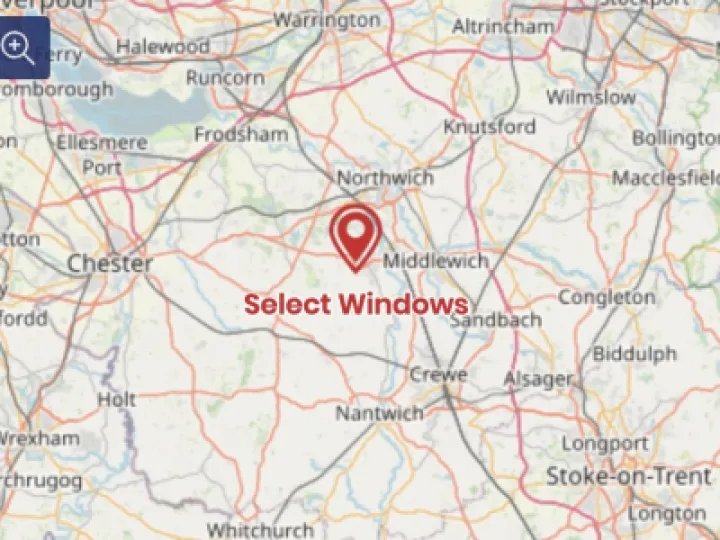Sliding or bifold doors?
Glazed doors can add thousands of pounds to a property's value, and they are currently one of the most sought-after features when considering home improvements.
They can increase the natural light entering a room, make it feel bigger and airier, and provide a panoramic view of the outside world.
Having decided on a replacement fully glazed door, homeowners can choose a sliding door or folding door to enhance their lifestyle.
Each has advantages and drawbacks, and it may not just be a matter of personal choice, especially if you live in a period home or a listed property. To help you make the right decision, we offer this short guide on the advantages and drawbacks.
Features of bi-fold doors
Bi-fold doors , also called folding slide doors, open and close in concertina fashion so that each panel folds over the other. Glazed panels can be added to make the opening as large as you wish, and many choose to take the whole wall to give maximum access to the exterior space.
This type of window door can open inwards or outwards, although most customers choose the outside folding option to maximise room space inside. When selecting inside folding, be aware that doors might brush against furniture as they are opened.
Bi-folds can incorporate a standard-style door, usually at one end or the other, which you can open or close without folding all the panels. Where feasible, doors can be rebated into the floor with weather-protected tracks and provide a low threshold and smooth access.
Features of sliding doors
Sliding doors operate like horizontal sash windows, with panes moving over each other from side to side. Unlike bi-folds, you cannot open up the whole wall with a sliding door. They can be built to 'disappear' into wall pockets, but a solid wall is still needed to contain the pocket.
Glazed panels in sliding doors can be larger than bi-folds, and the view is not divided up into frames units when closed. Sliding doors are useful when internal space is limited, requiring no room inside or outside. They can be installed in various configurations to give different sized openings and have floor-level rebated tracks.
The range of door designs
Both sliding and folding doors come with a range of configuration options to match all budgets. Most homeowners will opt for off-the-shelf designs as these are usually cheaper, and there is generally at least one that will fit the bill.
Custom, bespoke configurations will almost certainly be more expensive and take longer to arrive on-site. Sliding doors can have parallel tracking on upper and lower door units. Door panels can overlap internally or externally depending on the floor space available.
When fully open, the door panels will stack behind one another, so the opening is only as wide as the stacking system allows. The way to get around this is to slide panels into a wall cavity, but this option is more expensive. Folding doors can be top-hung from an overhead track or mounted on floor tracks. Top-hung systems will require a substantial lintel to take the weight. Doors that stack internally will take up more room space than those that stack externally.
Door frame materials
Sliding and folding doors can be designed in various frame materials, including wood, plastic, metal and composite materials . Owners of traditional and period properties may opt for hardwood timber framing, but they are relatively expensive and have a high maintenance overhead.
Composites are an excellent alternative to wood. They have solid timber frames clad in aluminium to combine a weatherproof exterior and natural wood inside. Metal frames like aluminium have very little maintenance and combine strength with slimline frames.
Aluminium also comes in a wide range of colours and finishes. Plastic frames of PVCu are cheaper, and colour options are coming onto the market, but frames tend to be thicker and have limited visual appeal. The choice of frame material affects the size of the glass panels that can be used.
Door glazing options
Slide and bi-fold doors can be double or triple-glazed, with a steady rise in demand for the latter. However, new technologies in glassmaking and coating mean some high-performance double-glazed systems can be just as energy efficient as some triple-glazed doors and windows.
All manufactured doors are supplied with a U-value that applies to the whole system, including frame and glass. There is little point in paying for energy-efficient triple glazing if the frame is not a good heat insulator. Adding window blinds to your glazed doors can improve thermal performance, add privacy and blend in with any interior design, but they do come with a loss of light and restricted views.
Door design considerations
Once you have decided on sliding or folding doors, the most significant design considerations are the size and number of glazed panels and the materials for the frame. The choice of material can depend on the style and period of the property as well as personal preference.
A modern statement window may look out of place in a period property, even if a large amount of glass allows in more light. In modern homes, the trend has been towards aluminium frames as these combine strength with slim sight lines and large panes of glass.
You may also wish to consider how much use the door will get. If bi-folds are to take a lot of traffic, it may be sensible to incorporate a standard door panel that can open independently of the main structure. Most manufacturers have height limits to their door systems of around 2.4m, although taller heights are possible.
Bespoke designs will cost more and will almost certainly need additional support. Door panels are usually around 1m wide for folding doors, and tall panels are often slimmer to reduce weight. It is always advantageous to have an odd number of panels to ensure the system can incorporate a lead door with a fully operational multi-point lock.
Other door features to consider
Security should not be a problem with a reputable windows installer. Many modern bi-fold and sliding door systems come with various security features. Police offer sound advice on the preferred door locking systems on their Secured By Design website.
Most manufacturers include accredited locking systems with five lever cylinders as standard. Many products offer extra security, with multi-point locking systems and shot bolts. High-specification hinges, internal beading and other security features are often a selling point.
Before choosing a system, it is worth checking how easy it is to open, close and lock. If you can, do this in the supplier's showroom. Many systems offer a level threshold where the track is level with the floor. Although they come with weatherproof facilities, the wise will ensure good drainage with the outside surface sloping away from the door. Other features to consider are whether you require window blinds, frames that provide trickle ventilation, textured paint finishes or other facilities such as cat flaps or letterboxes.
More on choosing doors
Choosing the best bi-folds
Different types of folding door
Good door locks keep homes safe
How double glazing works
01606 863553
for a free quote on doors and windows
Disclaimer
Select Window Systems accepts no responsibility or liability for any damages or costs of any type arising out of or in any way connected with your use of this website. Select Window Systems cannot be held liable for any actions taken in reliance on any published content, which is for information purposes only.
Select Window Systems
Phone: 01606 863553
Email: hello@swsonline.co.uk
Visit: Unit 2, Woodford Court, Winsford, Cheshire, CW7 2RB
Cheshire doors and windows.
Window and door installations across Cheshire.


